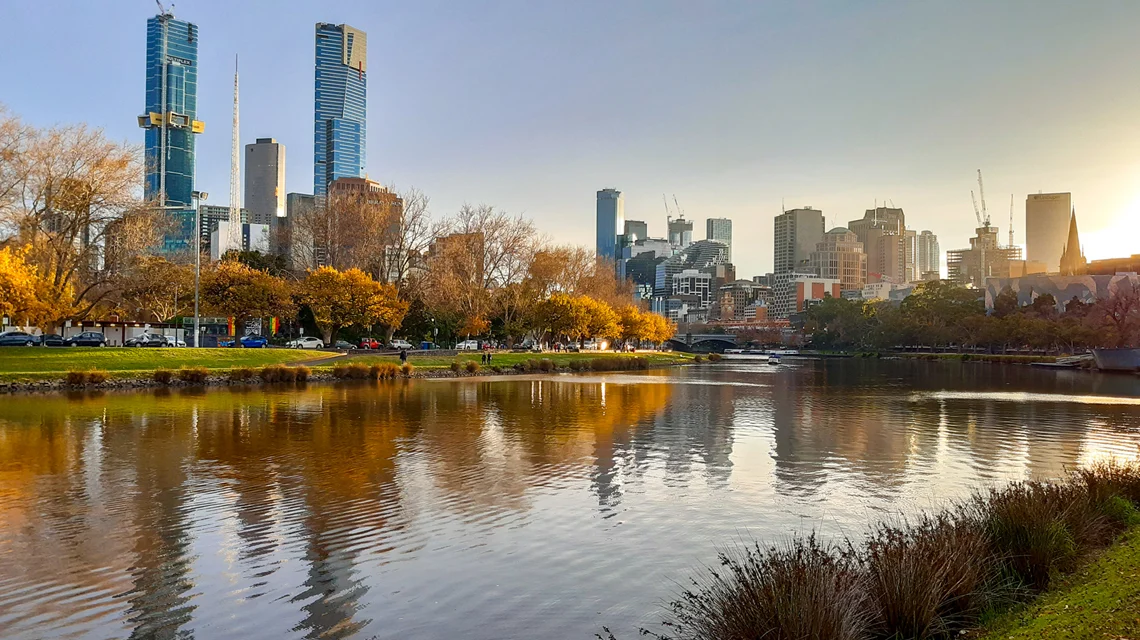30 Years of price growth history
As interest rates continue to rise at a rapid pace, we’re seeing one of the fastest market corrections I’ve witnessed. Prices are declining in many areas, but remember, this follows extraordinarily strong growth during the pandemic.
When prices are declining, it’s helpful to look back on the long-term success story of Australian property. That track record reminds us that while booms and downturns come and go, property is still one of the safest and most reliable asset classes for wealth generation in this country.
CoreLogic has just produced a report documenting price growth over the past 30 years.
Let’s take a look.
Nationally, home values (that’s apartments and houses combined) have risen by 382% over the past 30 years. On a compounding annual basis, that’s a 5.4% average gain per year since July 1992.
As is usual in Australia, there was more growth in capital cities than regional areas. That’s because of population density – about 70% of Australians live in our eight capital cities. There was also more growth in houses compared to apartments due to the larger undersupply of houses.
Here are the total growth figures in dollar and percentage terms over 30 years.
- Combined capital cities (houses) – up $928,812 (453%)
- Combined regionals (houses) – up $623,011 (314%)
- Combined capital cities (apartments) – up $636,352 (307%)
- Combined regionals (apartments) – up $520,661 (213%)
Of course, there are always local markets that outdo the rest, primarily due to local factors such as a very desirable beachside location, close proximity to the city and employment, a sought-after school catchment, gentrification, significant new transport infrastructure, and so on.
Top 10 growth areas (cities) since 1992
- Yarra (Melbourne) 779%
- Melbourne City 760%
- Gungahlin (Canberra) 754%
- Boroondara (Melbourne) 734%
- Maribyrnong (Melbourne) 710%
- Port Phillip (Melbourne) 667%
- Marrickville-Sydenham-Petersham (Sydney) 660%
- Eastern Suburbs – North (Sydney) 642%
- Brunswick-Coburg (Melbourne) 636%
- Mornington Peninsula (Melbourne) 633%
Top 10 growth areas (regional) since 1992
- Huon-Bruny Island (Tasmania) 668%
- Broadbeach-Burleigh (Queensland) 641%
- Lithgow-Mudgee (NSW) 533%
- Surf Coast-Bellarine Peninsula (Victoria) 514%
- Wollongong (NSW) 507%
- South East Coast (Tasmania) 491%
- Richmond Valley-Coastal (NSW) 489%
- Central Highlands (Tasmania) 480%
- Lake Macquarie – East (NSW) 480%
- Noosa (Queensland) 473%
* 1
One of the reasons it’s important to hold your home long term is so you’ll go through several cycles.
A typical cycle involves a sustained period of small price movements — 2%-5% either way – followed by one to three years of strong growth – say 20%-30%, then a correction in the order of 5%-10%.
CoreLogic research shows that over the past 30 years, the Australian market has gone through six cycles, including the one we’re in today.
There are various influences on the length of cycles. As CoreLogic points out, catalysts for market change include broader economic issues, interest rates, tax policy, government fiscal management, stimulus like we saw during COVID-19 and economic shocks such as the GFC in 2008.
Various factors dictate the size of price declines in a correction. Right now, the biggest influence is the Reserve Bank aggressively raising rates month after month, so prices are falling faster than they would if this correction was simply about affordability or an increased supply of homes for sale.
If you intend to hold your home long term, and you have that financial buffer we always recommend in place so you can afford inevitable rate rises over a 30-year loan, then you’ll be fine.
Ignore the headlines, enjoy your home, and pretty soon you’ll be hearing about ‘normalising market conditions’.
1. Source: The long game… 30 years of housing values, SA3 areas, published by CoreLogic, August 29, 2022


